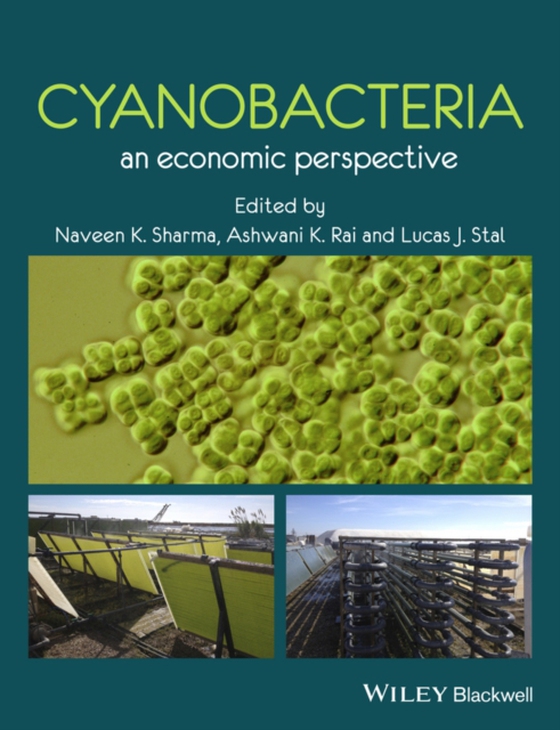
Cyanobacteria e-bog
1094,57 DKK
(inkl. moms 1368,21 DKK)
Written by leading experts in the field, Cyanobacteria: An Economic Perspective is a comprehensive edited volume covering all areas of an important field and its application to energy, medicine and agriculture. Issues related to environment, food and energy have presented serious challenge to the stability of nation-states. Increasing global population, dwindling agriculture and industrial prod...
E-bog
1094,57 DKK
Forlag
Wiley-Blackwell
Udgivet
22 november 2013
Genrer
KNBT
Sprog
English
Format
epub
Beskyttelse
LCP
ISBN
9781118769553
Written by leading experts in the field, Cyanobacteria: An Economic Perspective is a comprehensive edited volume covering all areas of an important field and its application to energy, medicine and agriculture. Issues related to environment, food and energy have presented serious challenge to the stability of nation-states. Increasing global population, dwindling agriculture and industrial production, and inequitable distribution of resources and technologies have further aggravated the problem. The burden placed by increasing population on environment and especially on agricultural productivity is phenomenal. To provide food and fuel to such a massive population, it becomes imperative to find new ways and means to increase the production giving due consideration to biosphere s ability to regenerate resources and provide ecological services. Cyanobacteria are environment friendly resource for commercial production of active biochemicals, drugs and future energy (biodiesel, bioethanol and hydrogen). Topics on isolation, identification and classification of cyanobacteria are discussed, as well as further sections on: summarizing a range of useful products synthesized by cyanobacteria, ecological services provided by cyanobacteria including their harmful effect in water bodies and associated flora and fauna. Chapter on tools, techniques, and patents also focus on the economic importance of the group. This book also provides an insight for future perspectives in each particular field and an extensive bibliography. This book will be a highly useful resource for students, researchers and professionals in academics in the life sciences including microbiology and biotechnology.
 Dansk
Dansk

